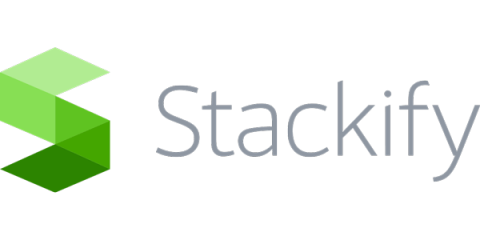10 Points to Help You Choose the Right Test Automation Tool
Making a decision to start automation is easy but choosing an appropriate tool for automation is not. There are teams that are spending a lot on hiring new manual testing resources but find it hard to invest in automation. The reasons could be many.











